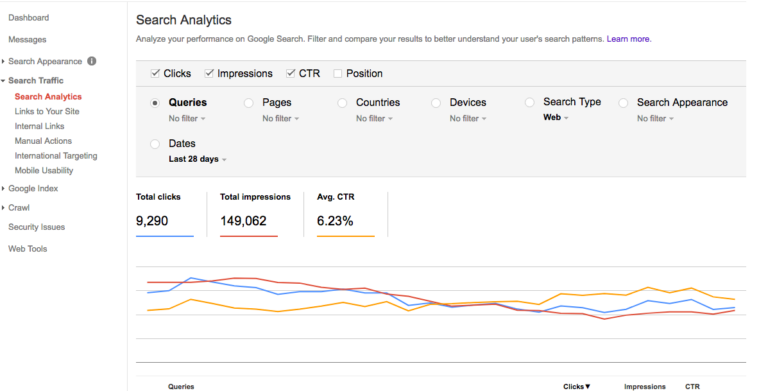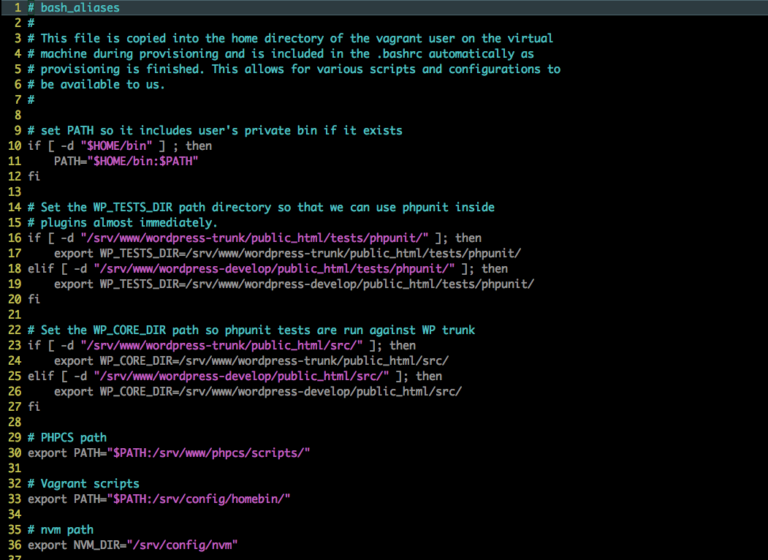Moving found film from multisite to single site
This is a non-photography post about the process I used to move the Found-Film site from a WordPress multisite to single site install. Hopefully, this will be useful for anyone who needs to do a similar move at some point.
Reasons why I moved from multisite to single site
There were various reasons I moved from a multisite install to a single site install but many were driven by SEO.
The found film site has been up and running for about 9 months now and has been regularly updated with content over that time but the number of visitors from organic search is still very low, only around 1 per day. Although I didn’t expect vast numbers of visitors from day one, I did think that by now I’d be getting perhaps 10 to 20 per day from search.
So I started to look at what the reasons may be.
A look at the search console for found-film told me that although there are a lot of URLs indexed in google (about 1500), I was only getting 5 or 10 impressions per day on web searches and sometimes none at all. So basically, my pages are not appearing in search engine results and therefore don’t get clicked on. I needed to do some analysis on why this could be, and initially started to think about the layout of the pages, how the pages were categorised etc., but after a couple of days I took a step back and tried looking at the site more objectively. I asked myself, ‘why would anyone visit found-film’.
Well, the reasons I could think of are that they would be interested in film photography, that they have a historical or nostalgic interest in locations depicted in the photos or that they like the challenge and detective work of trying to find locations or events from the clues in the picture. When I thought about the site in those terms I realised that the site as it stands was not really serving any of those groups of people and that if it did, the likelihood is that the search performance would also improve.
So what did I need to do?
- I need to improve the location information on as many pictures as I can
- I need to improve the date information
- And probably most importantly, I need to improve the descriptions and sometimes the titles of the pictures
So basically this means I need to go through all the images (all 1350) and improve the description, locations and dates if I can.
Ok – so why move from multi-site to single site – all of the above can be done with the site as it stands? Well, there were some other factors which I picked up in the couple of days before I took my objective step back, and they are purely to do with SEO.
I realised that the images on found film have all been uploaded from Lightroom to the site using a Lightroom preset I created when I first started the site and they all have the generic name found-film.jpeg (with an index number as it happens, so found-film-290.jpeg for example). This is not a good thing from an SEO point of view and needed to be changed but I would be reluctant to do this on the live site because if it broke all the posts I’d need to recover the site from backup etc.
I also realised that many of the images didn’t have ALT tags set which is another no-no, so I’d have to update them as well.
And finally, because of the way I’d setup found-film, all the images were being served from a different domain than found-film.co.uk which was leading to errors in the search console and the images were not being indexed. That was just down to the order in which I’d set up my multisite install and although I may have been able to change it, it would have been disruptive and I wasn’t sure it would be successful.
When I took all these things into consideration and added into the mix the fact that some plugins I wanted to run were not available in a multisite setup, I decided I would end up with a better site and a more easily manageable one, if I recreated it in a conventional way.
Moving to Single Site from Multisite.
The actual move was in some ways easier to do because I have it hosted on a Digital Ocean virtual server.
It’s a simple operation to take a snapshot of the entire machine and then re-create a new server as an exact copy of the old one. The reason this is useful is that it preserves the other services running on the machine like mail etc so they don’t need to be recreated from fresh.
So what I did was create an entry called new.found-film.co.uk in the found-film DNS so I could see the new server, and then fire up a new server based on a snapshot of the old one.
With this in place, I deleted the old multisite setup on the new server and created a new install of WordPress, setting up all the same plugins, themes etc. In order to make sure the new site didn’t get indexed in google (which would cause even more serious problems with duplicated content), I set the new install to be not indexed and, to be safe, set up a password for access. I also set a completely different admin theme colour so I could easily tell which site I was dealing with as I was altering things!
Since I could see both sites using their fully qualified name, it was easy to have two browser windows open and just copy the configuration from the live site to the new site. At this point, some plugins (Yoast SEO and sitemaps for example) were kept disabled while the new install was not live.
Once the new install was running, I used the export facility to export all the content from found-film.co.uk to new.found-film.co.uk and checked that everything was basically working. Then, I needed to deal with the SEO problems I’d found.
For the image file names, I found a brilliant plugin call ‘media file renamer‘ which can run through all the media in the library and rename the file based on the title of the page the media is attached to. Since the majority of my images are attached to a custom post type with a title, this seemed to be the thing I wanted and so I installed it and let it do an update to my media. Although it took 20 minutes or so to run, when it had finished, about 80% of the photos had new filenames which were unique and related to the name of the post it was attached to. Just as an aside, this plugin was so useful I bought the pro version so I could manually rename files if I needed to – it was only about £8 and has proved to be a life saver.
The ALT tags were dealt with by another plugin called ‘Media Library Assistant‘ which allowed me to apply a macro to the post update action and copy the post title to the ALT tag for any image which didn’t have one. This was another brilliant plugin which saved me loads of time and, because it only altered entries without an ALT tag, meant that I didn’t mess up the images where I had added the tag when I wrote the post.
Once those things were done, and I’d checked that all the links were working, I changed the DNS entries so that the entry for found-film.co.uk pointed to the new server rather than the old server, and did another check over that the live site was correct. Finally, I removed password access to the site and re-enabled and set up Yoast SEO, sitemaps etc.
Has it Worked
So – has it worked.
Well, of course, moving from a multisite install to a single site install won’t have any effect itself on the SEO performance of the site, but have the changes I was able to do as a result made a difference?
All this was done about 4 weeks ago and I’m happy to say that it seems to be starting to have an effect. Although I’m not getting huge amounts of traffic from organic search, there are signs that the number of impressions is rising, and I’m starting to get between 1 to 3 visitors per day from google. There is still a lot of work to do because I have a lot of posts to try to re-write with a better description, and realistically, that is going to take a couple of months to do, but the signs of improvement are there.
Finally, I also did some changes to the site to try to improve the user experience.
I added the ability for users to see the location on a Google map, if the location is known, and I moved the picture description away from a widget at the side of the image to a more conventional WordPress post display with the description above the image. I also made it more obvious if any images are in a series by making the other images in the series more prominent.



